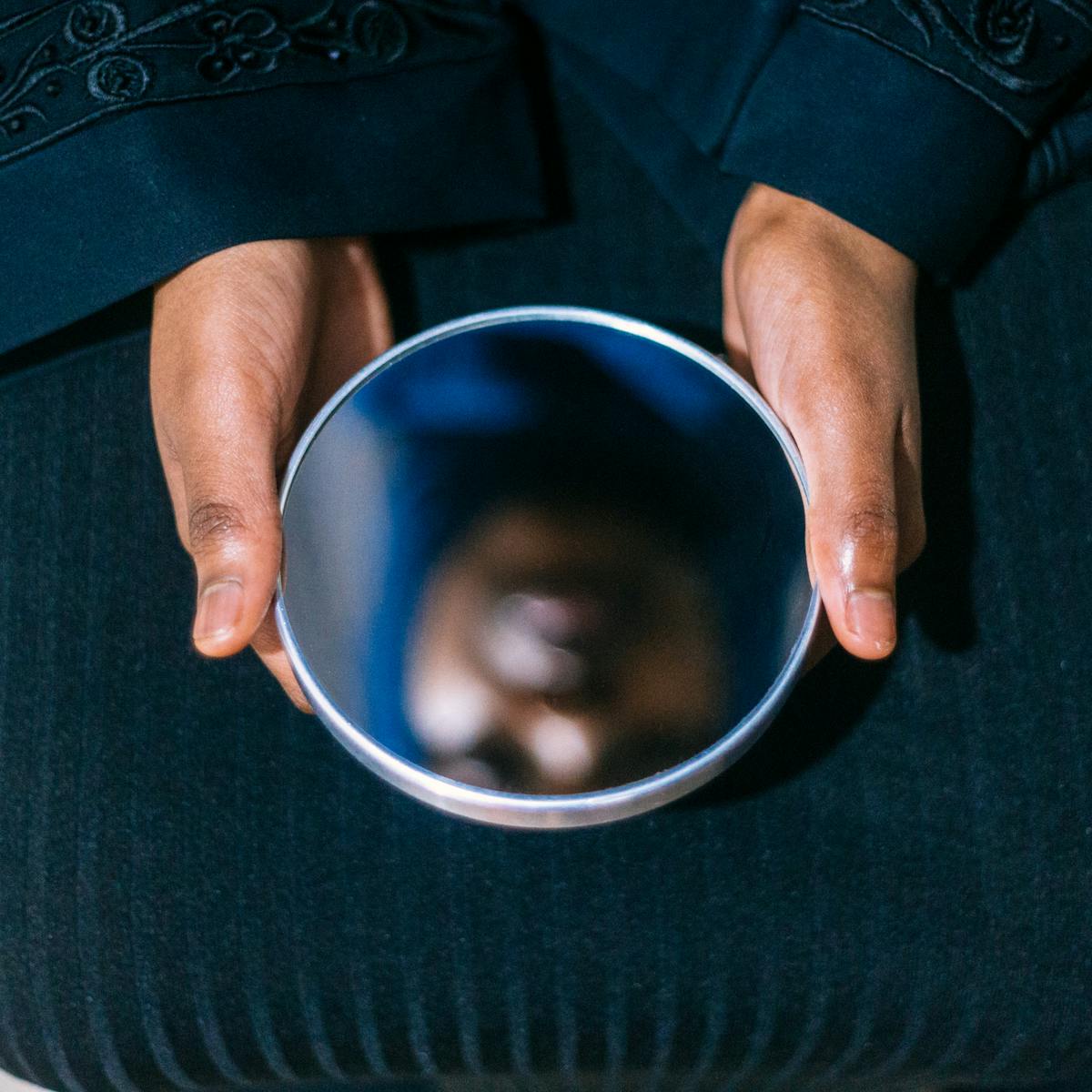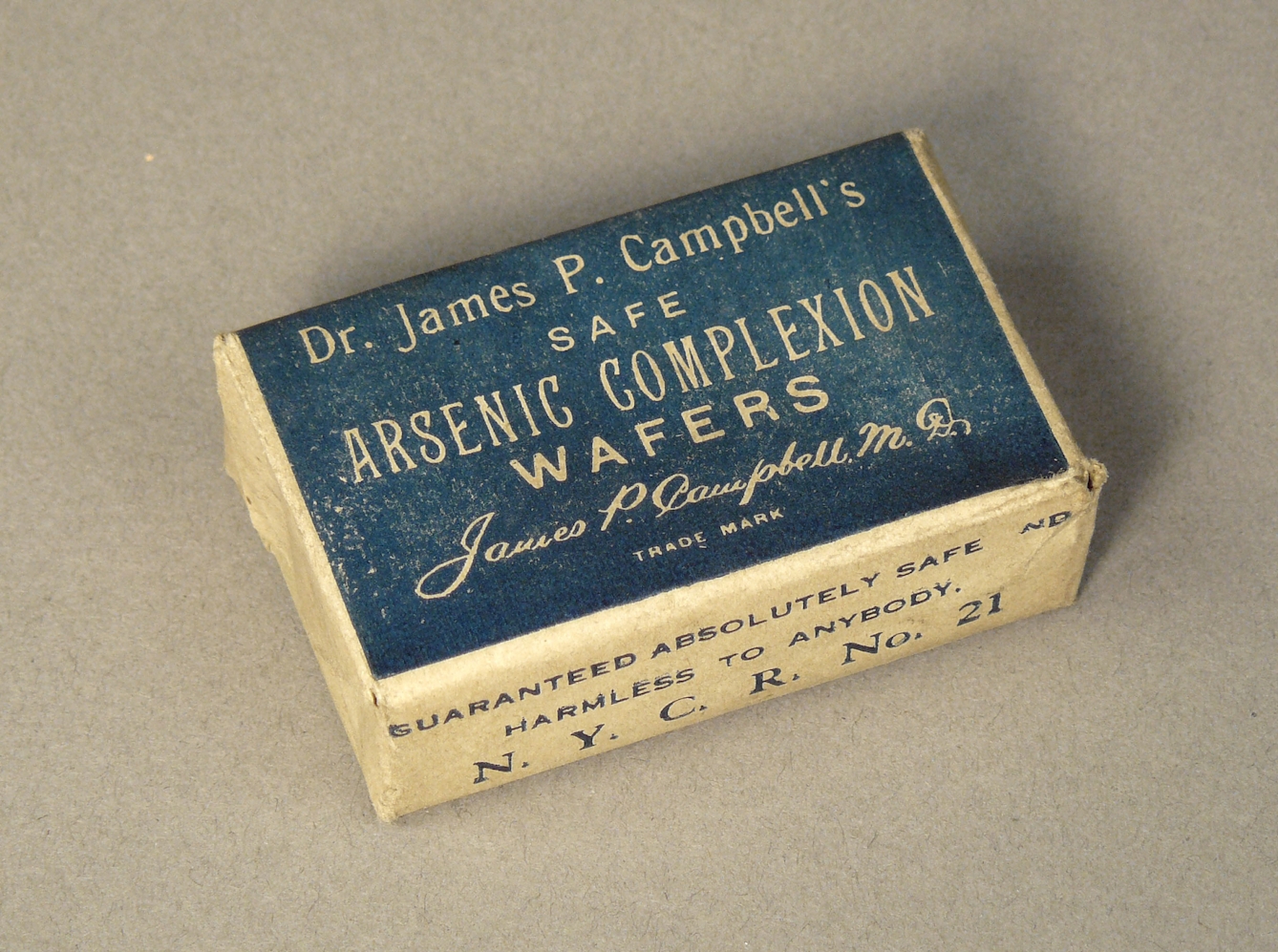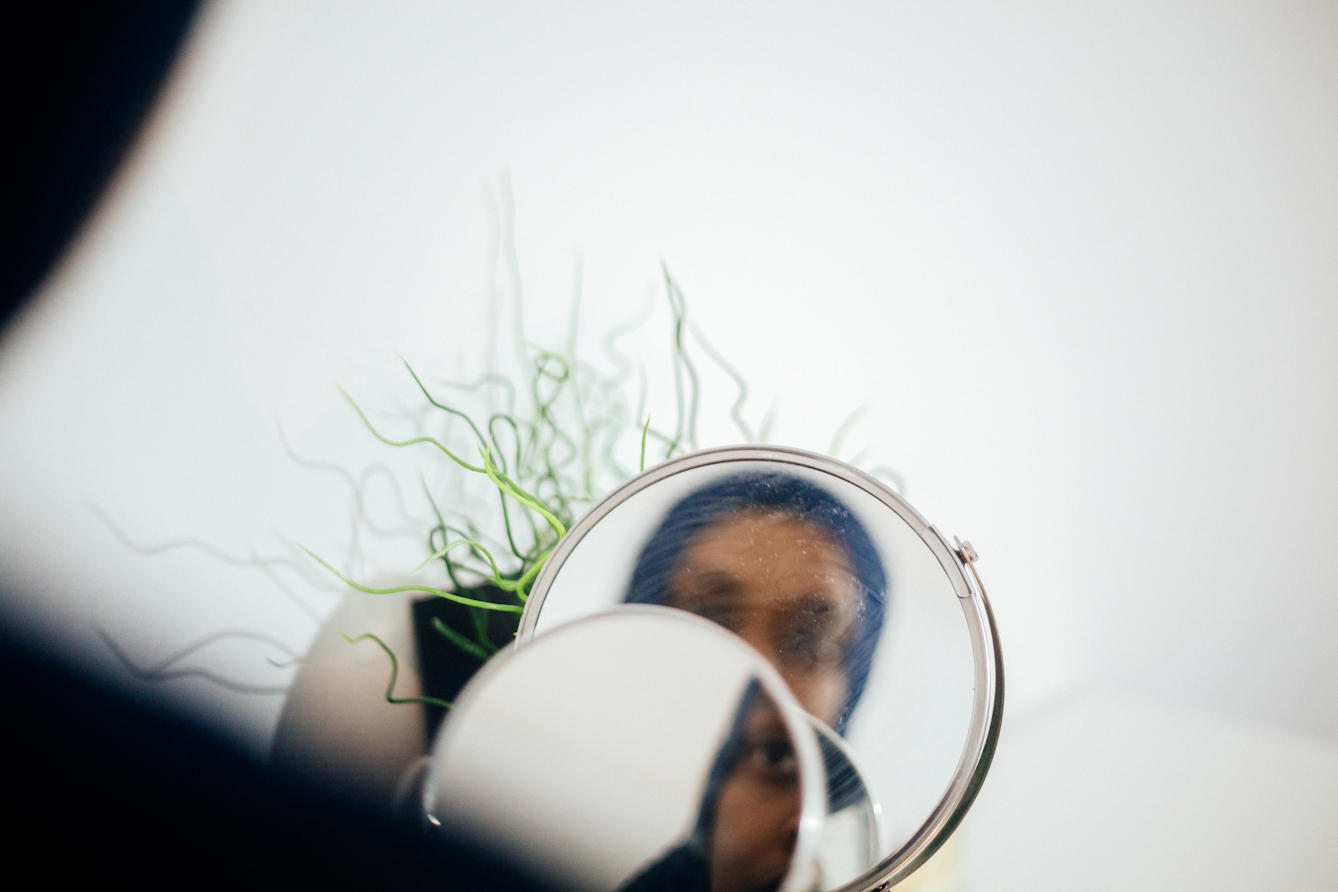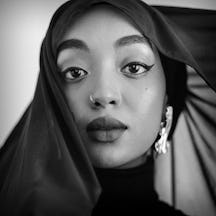Skin bleaching today is a global phenomenon, but how did the practice become so widespread? Ngunan Adamu traces the desire for lighter skin from ancient cultures to the European colonialists who exported their prejudice to the people they enslaved.
Colonialism and the origins of skin bleaching
Words by Ngunan Adamuphotography by Amaal Saidaverage reading time 6 minutes
- Serial

“Skin lightening, or skin bleaching, is a cosmetic procedure that aims to lighten dark areas of skin or achieve a generally paler skin tone. It's usually used to improve the appearance of blemishes such as birthmarks and melasma (dark patches).
“Skin-lightening procedures work by reducing the concentration or production of melanin in the skin. Melanin is the pigment that gives skin its colour and helps protect it from the sun.”
This is the NHS’s description of what skin bleaching is, which doesn’t sound all that bad; however, it doesn’t include any cultural context. Skin bleaching has become a widespread global phenomenon, and in the UK is mainly used by people from the African, Caribbean and Asian communities.
My fascination with skin bleaching came from my childhood. I was born in Nigeria to a fair-skinned mother and dark-skinned father, where comments such as, “She would be more beautiful if she had taken her mother’s complexion,” or, “She’s getting darker with age,” were normal.
Growing up in the UK as an adolescent didn’t help either: I regularly heard comments from boys that they would only date light-skinned girls. Defiantly, I wanted to remain darker, but I saw how these comments affected the confidence of many women in the Black community, both in the UK and abroad.
More: How the wellness industry makes you ill.
In Nigeria, being fair gave you access to “hot bachelors” and a lifestyle that only light-skinned women could enjoy, so many women bleached their skin, damaging it irreparably. The cheap, illegal products that they used gave them a sore, pinkish complexion rather than the desirable caramel colour that most of them yearned for.
Light skin and social standing
Today we are perhaps most familiar with the porcelain-white complexions of wealthy Europeans from the 16th century onwards. The most sought-after preparation for this purpose was Venetian ceruse, based on white lead. This extremely toxic mixture caused swelling, skin discoloration, erosion of tooth enamel and hair loss. For a while it even became fashionable to pluck the hairline to create an extremely high forehead, mimicking the effect of ceruse. Death from using lead-based skin preparations was not unknown.
Professor Shirley Anne Tate, a cultural sociologist at Leeds Beckett University, told me the practice can be traced as far back as the Ancient Egyptians, Romans and Greeks, who discovered that honey mixed with olive oil was a skin-lightening agent, and applied this mixture to their body and face. They also used various precursors to foundation in order to look paler, including chalk dust and a mixture that, as in later centuries, incorporated white lead.

In the 19th century white women made themselves paler with daily doses of poisonous arsenic wafers.
Pale skin became desirable because for hundreds of years it was associated with wealth and status. After all, only rich women could afford not to work outside, thereby avoiding the skin-darkening effects of the sun. And it wasn’t only lead that people poisoned themselves with in the pursuit of beauty. By the 19th century, arsenic wafers had become a much-promoted beauty treatment.
Arsenic was known to be poisonous, but it was thought that tiny amounts would simply induce a fashionable pallor. Unfortunately it was also addictive, so increasing doses were needed to avoid unpleasant withdrawal symptoms. Although the number of deaths from arsenic abuse was not trivial, many arsenic eaters managed to develop a certain tolerance for the poison and showed no signs of chronic poisoning.
How Europeans exported the pale ideal
The importance of being pale could be dangerous and addictive, so how did this phenomenon develop in Africa and Asia? The simple answer is colonialisation and slavery. An American Sociological Society paper explains that: “To justify racial slavery, slave-holding interests espoused a white supremacist ideology which held that persons of African descent were innately inferior to whites. Whiteness became identified with all that is civilised, virtuous and beautiful.”
If you had lighter skin you were closer to the opportunities that were only afforded to white people.
In this context, light-skinned slaves were separated from dark-skinned slaves and were able to work indoors away from the glaring sun. If you had lighter skin you were closer to the opportunities that were only afforded to white people, such as increased privileges, higher social standing, and better employment and marital prospects.
India’s long history of colonisation by European nations including the Portuguese, French, Dutch and British has had a similar effect. Despite India’s independence since 1947, light skin is still associated with higher social standing. A 2018 article on the importance of skin colour in arranged marriage traces this back to white rule, which “led to internalisation of superiority and power of the ‘white’ skin and inferiority and powerlessness of the ‘dark skin’”.
So if your skin was the only barrier stopping you from having access to better opportunities, the obvious question is: why not bleach? Skin bleaching represents one step closer to the social status historically reserved for white people.
However, although we talk about skin bleaching being a global phenomenon, according to Professor Tate, the majority of people from African and Caribbean backgrounds have a negative opinion of it – socially, politically and culturally. This is due to its connection to white supremacy and colonialism, and is linked to the negative connotations being Black has had for many years.

Laila, 20: I was told to bleach as a young girl. I was around eight, in a room with my older sister and two of my cousins. My aunt handed me and one of my cousins the bleaching cream and said, “Go and use this.” She said my older sister and other cousin didn’t need to because they were already light. I always knew people with darker skin were mistreated and looked down on, but it was painful coming from my own family.
Bleaching in secret
For many, Black skin needs to be protected and prized in its natural state, so to admit to skin bleaching would suggest that you were trying to conform to the ‘white ideal’. In the current climate of ‘being woke’ (being aware of social or racial justice issues) and loving the skin you are in, many are bleaching privately and not wanting others to know they bleach.
But bleaching your skin should not always be seen in a negative light, as people will admit to using skin-lightening products to treat hyperpigmentation, vitiligo or other skin disorders, which we will touch on later in this series.
The truth is, skin-bleaching methods do not get rid of the melanin permanently. This is because the skin is constantly being renewed, which includes the formation of new melanin by melanin-producing cells known as melanocytes. So users can stop at any time if and when they choose to. But the question is, what is the lasting effect of skin bleaching, both physically and psychologically?
About the contributors
Ngunan Adamu
Ngunan Adamu is a radio presenter and producer for BBC Radio Merseyside, CEO and founder of iWoman Academy/Media, and an international multimedia trainer for the BBC.
Amaal Said
Amaal Said is a Danish-born Somali photographer and poet, based in London. Her photographs have been featured in Vogue, the Guardian and the New Yorker. In 2017, she was exhibited in Los Angeles, and in 2018 her photography was featured in the fourth volume of African Lens and exhibited in Accra, Ghana.

